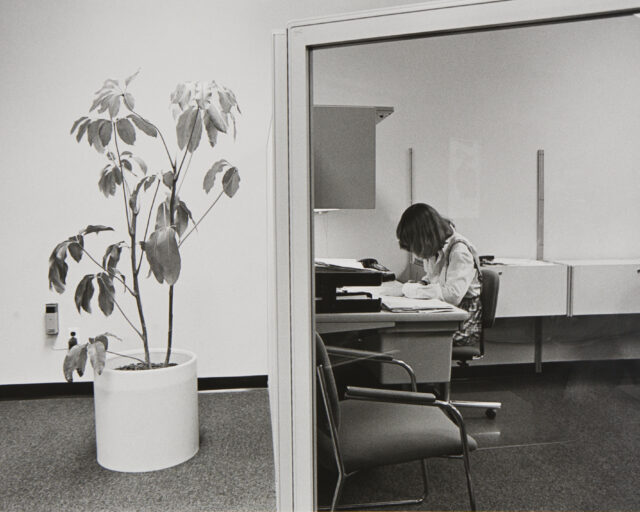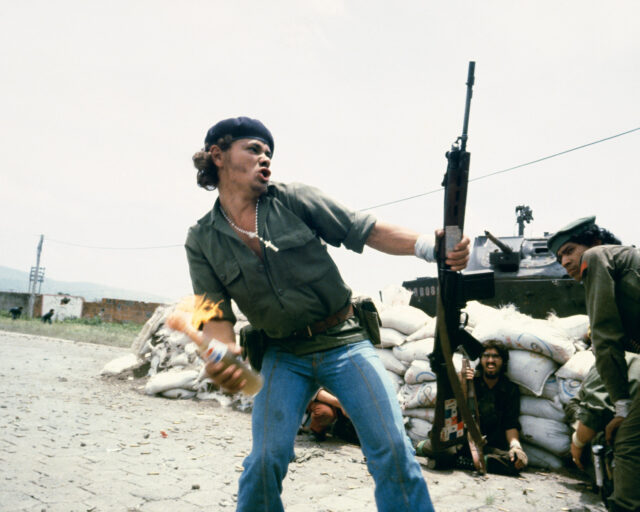13 Photographers on What Freedom Means to Them
The post subtitle is here
This image is made by the artist of our generation
Photography has long been a tool of freedom, enabling many to find a voice, discover their identity, and exercise freedom of speech. From Bruce Davidson’s and Leonard Freed’s images of the US civil rights movement, to Newsha Tavakolian’s nuanced portrayals of everyday life in Iran, Magnum photographers are documenting the search for and limitations of freedom, as well as their personal expressions of creative freedom.
This week, for five days only, get signed and estate-stamped, museum-quality, 6-by-6-inch prints by acclaimed Magnum photographers for $100 each. Use this link to make your purchase and a proceed from each sale will support Aperture Foundation.
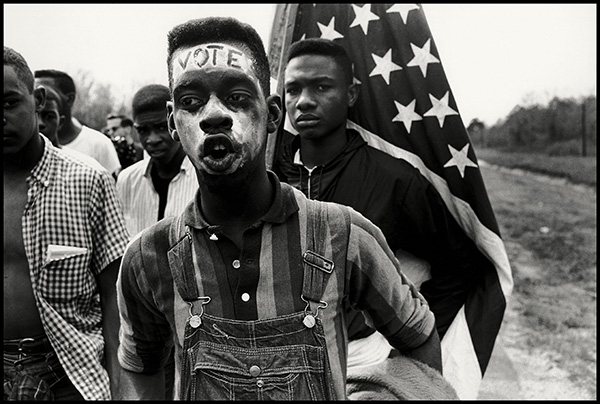
Bruce Davidson, Alabama, 1965
© the artist /Magnum Photos
Bruce Davidson
“From 1961 to 1965, I bore witness to various demonstrations in the civil rights movement. In this photograph, a group of civil rights demonstrators march from Selma to Montgomery to fight for the right to vote. Freedom was then, as it remains today, something that had to be fought for.” —Bruce Davidson

Bieke Depoorter, Istanbul, Turkey, 2015
© the artist /Magnum Photos
Bieke Depoorter
“I used to think that I was a street photographer. I pushed myself to take photos on the streets, but in a way, it never felt comfortable. I always had the feeling that I was ‘stealing’ photos from people. With Ou Menya, my project in Russia, things changed. I entered people’s homes to photograph the intimacy of families, and for the very first time, I felt both connected and at ease with the medium, as well as toward the people I was photographing. Although I may have been physically ‘trapped’ inside the house for the first time I felt free. The relationships I built with the people I photographed was crucial to this evolution. I now see photography as a conversation, even though we don’t often share the same language.” —Bieke Depoorter

Leonard Freed, Dr. Martin Luther King Jr. being greeted upon his return to Baltimore after receiving the Nobel Peace Prize, October 31, 1964
© the artist/Magnum Photos
Leonard Freed
“Dr. MLKing Jr.: an icon of peace and freedom.” —Elke Susannah Freed, daughter of Leonard Freed

Paul Fusco, Robert Kennedy Funeral Train, USA, 1968
© the artist/Magnum Photos
Paul Fusco
“The freedom to make pictures is essential to my being. When I boarded the train that carried RFK’s body from New York to Washington for his burial in the Arlington National Cemetery, the press corps was not allowed to take pictures within the cars themselves. I was frustrated by my inability to record the event—until the train came out of the tunnel and into the light, and I saw the tracks lined with folks wanting to say goodbye to Bobby. By turning my camera outside of the train, and photographing these people, I created my own freedom to chronicle this important event in a way I had not anticipated when I received the assignment from Look magazine at the time.”—Paul Fusco

Hiroji Kubota, Wounded Knee, South Dakota, 1990
© the artist/Magnum Photos
Hiroji Kubota
“December 1990 was the one hundredth anniversary of the Wounded Knee Massacre. In this image, Native Americans travel to a gravesite to honor members of the Sioux tribe who were slaughtered in 1890. At the time the Sioux, led by Spotted Elk, had been trying to migrate from one campsite to another when they were intercepted by the 7th Cavalry Regiment.”—Hiroji Kubota
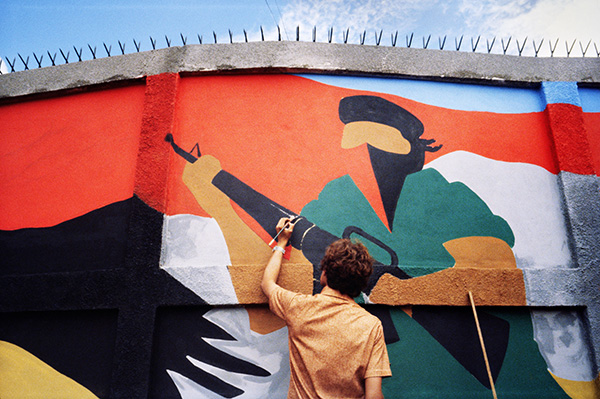
Susan Meiselas, Wall, Managua, Nicaragua, July 1979
© the artist/Magnum Photos
Susan Meiselas
Dear Parents: I’m sure you’ve noticed my odd behavior over the past months. I no longer go to parties. I appear and disappear. This is because I’ve become a revolutionary. . . . Our country is full of misery and backwardness. All Nicaraguans have the sacred mission to fight for the freedom of our people.
Excerpt from a letter written by Edgard Lang Sacasa to his parents. His father, Federico Lang, was a wealthy Nicaraguan businessman and supporter of Somoza. Edgard was killed by the National Guard on April 16, 1979, just before the FSLN overthrew the Somoza dictatorship on July 19, 1979.
“Watching from afar as events rapidly unfold in Nicaragua today, I can’t help but think of the dreams that propelled the Nicaraguan people nearly forty years ago, and what they continue to demand and deserve as they struggle again for their future.” —Susan Meiselas
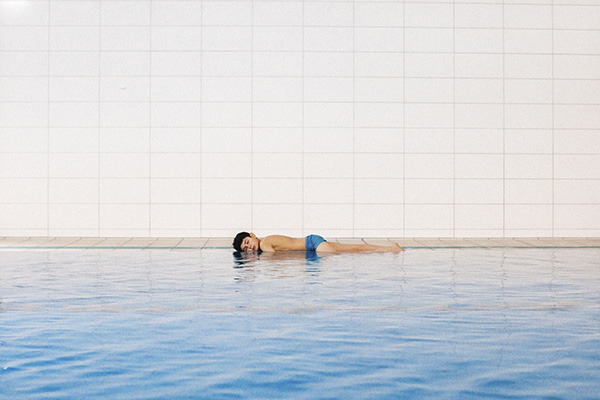
Diana Markosian, Doud, Age 11, Wolfsburg, Germany
© the artist/Magnum Photos
Diana Markosian
“It was night when Doud boarded a small rubber boat. It was his first time seeing the ocean, and now he was amongst a group of refugees, escaping their homes in search of freedom elsewhere. Doud didn’t know how to swim and feared the boat would sink. A year later, now in Germany, he is with a handful of other refugees learning to swim as a way of overcoming their fear of water associated with the journey they made to Europe. When I look at this image, I see the trauma that accompanied Doud’s sacrifice. It’s a constant duality for me: there’s no freedom without that risk.” —Diana Markosian

Alessandra Sanguinetti, Village of Jayyous, West Bank, Palestine, 2003
© the artist/Magnum Photos
Alessandra Sanguinetti
“I made this picture on my first trip to Palestine. I remember how coming upon this scene felt like a mirage. All around it were checkpoints, barbed wires, Israeli military jeeps, and the hum from the construction of the separation wall; this woman seemed oblivious to it all as she calmly filled her bucket with olives.
The wall now cuts through this village, making 75 percent of the land inaccessible to her and to the farmers who’d worked the land for generations. I dedicate this picture to her and to a future where Palestinians are free from the Israeli occupation of their land and lives.” —Alessandra Sanguinetti
Alessandra Sanguinetti’s profits from this sale will be donated to Lajee Center, a local cultural center in Aida Refugee Camp in Palestine’s West Bank: http://lajee.org.
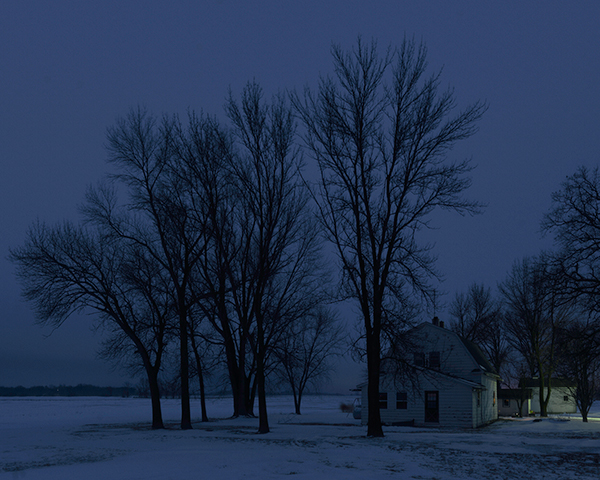
Alec Soth, Cambridge, Minnesota, 2017
© the artist/Magnum Photos
Alec Soth
“After the most recent US election, I stopped traveling and stayed home in Minnesota. I also stopped photographing strangers. I preferred to drive into farm country without talking about politics or ideology. But I was also aware that my ability to do this sort of apolitical wandering was the result of the enormous freedom and privilege with which I was born. Every landscape, no matter how subdued, can be seen as a political landscape.” —Alec Soth
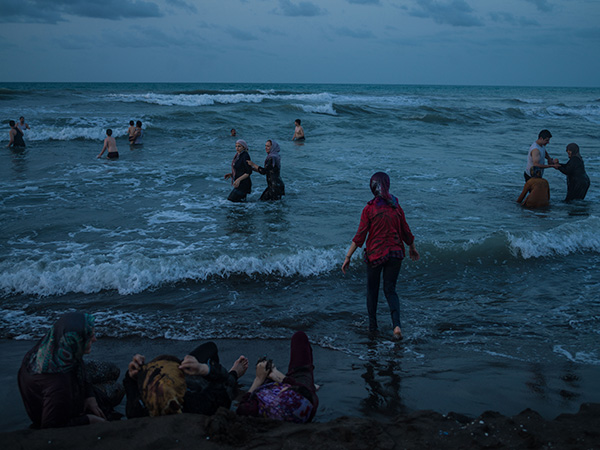
Newsha Tavakolian, Iran, 2017
© the artist/Magnum Photos
Newsha Tavakolian
“The young woman in red hesitates as she enters the water. Perhaps this is the first time she has seen the open sea. I did not ask her. I just watched. Her two female family members rest in the sand, their feet in the water.
Everywhere in the world, freedom and eternity find one another on the far horizon of the endless sea. Freedom is often described with big words, but we encounter it every day in the little things we do.” —Newsha Tavakolian

Larry Towell, West Bank, 2000
© the artist/Magnum Photos
Larry Towell
“Freedom is something you must struggle for even if you don’t achieve it in your lifetime.” —Larry Towell
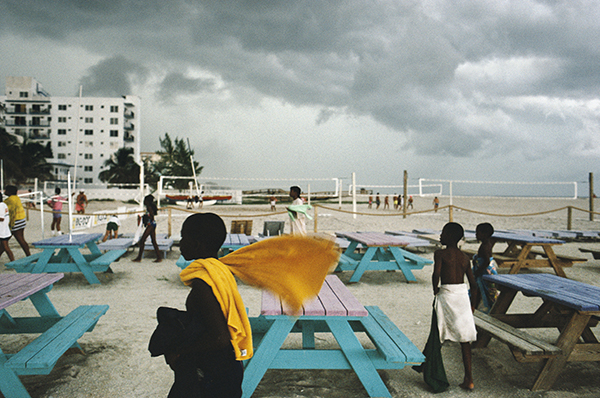
Alex Webb, Miami Beach, Florida, 1989
© the artist/Magnum Photos
Alex Webb
“In the late 1980s, I often found myself stuck in the Miami airport en route to Haiti, a vibrant and troubled Caribbean country I’d been photographing for a decade. From time to time, election-related riots would engulf Port-au-Prince in violence, and force the shutdown of its airport. While stranded in Miami, I started to take a closer look at Florida—this strange and often confounding state of immigrants and senior citizens, land speculators and migrant farm workers, theme parks and strip malls, alligators and sun seekers. Born out of the frustration of waiting to return to Haiti—and the freedom to wander wherever the Floridian light led me—this series of photographs ultimately became my third book, From the Sunshine State.
Would I have seen this beach scene unfold before my eyes if I hadn’t already spent years photographing in Haiti, with its tropical light and volatile weather? This particular afternoon on Miami Beach, a gust of wind caught this boy’s tangerine-colored towel as he rushed off the beach before the storm. Only later did I notice how the sweep of his beach towel echoes the sweep of the dark clouds overhead.” —Alex Webb
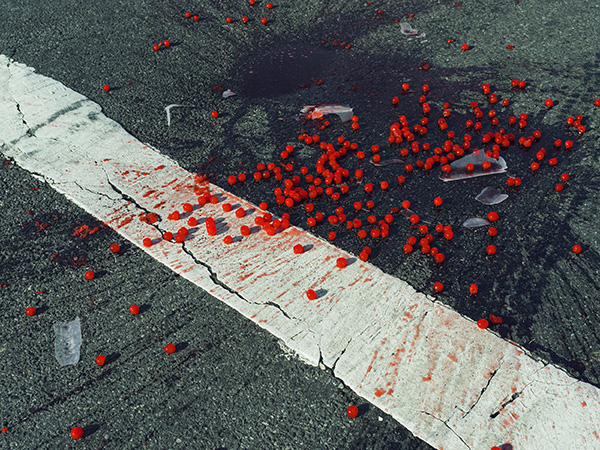
Christopher Anderson, Untitled, New York, New York, USA, 2014
© the artist/Magnum Photos
Christopher Anderson
“Free enough to take pictures of things that don’t matter, like spilt cherries on a crosswalk, for instance. . .” —Christopher Anderson
Support Aperture today through the Magnum Square Print Sale, open online June 4–8, 2018.










